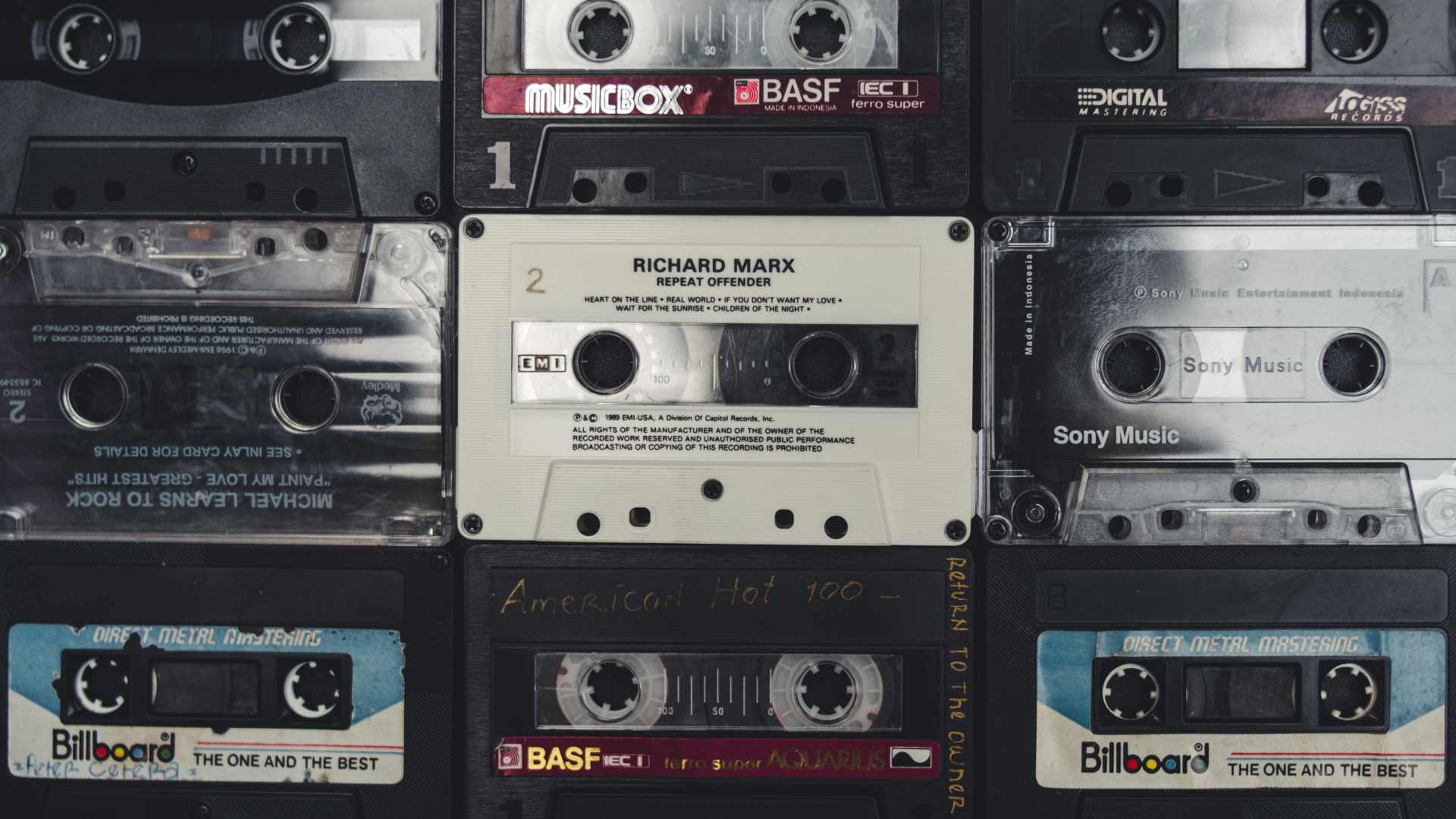Uncompressed audio formats
There are other audio file formats where no data compression is used. These are called uncompressed audio formats.
These file types act as a container for raw audio data without reducing its size or quality in any way.
These are the largest files to work with, but they provide the highest level of detail in the audio information.
Uncompressed audio files are the type most often used for recording and mixing music in a DAW.
Even so, uncompressed audio files also come in different quality levels.
These are based on the accuracy and precision with which the analog audio signal was converted to digital.
The higher the sample rate and bit depth used, the more information is captured in the conversion process.
Bit depth represents the precision of the AD/DA converter for measuring amplitude, or the volume level of the signal.
You can think of it like the number of tick marks on a ruler—the more closely spaced they are, the less often the measurement will fall in between the two marks.
Sample rate means the number of times the measurement is taken in a second. Higher sample rate means more individual measurements made.
